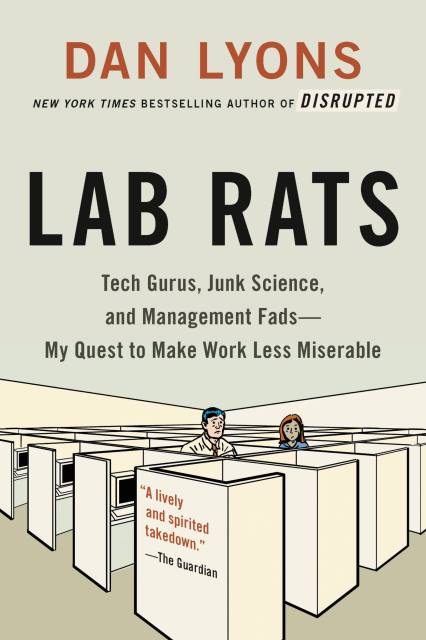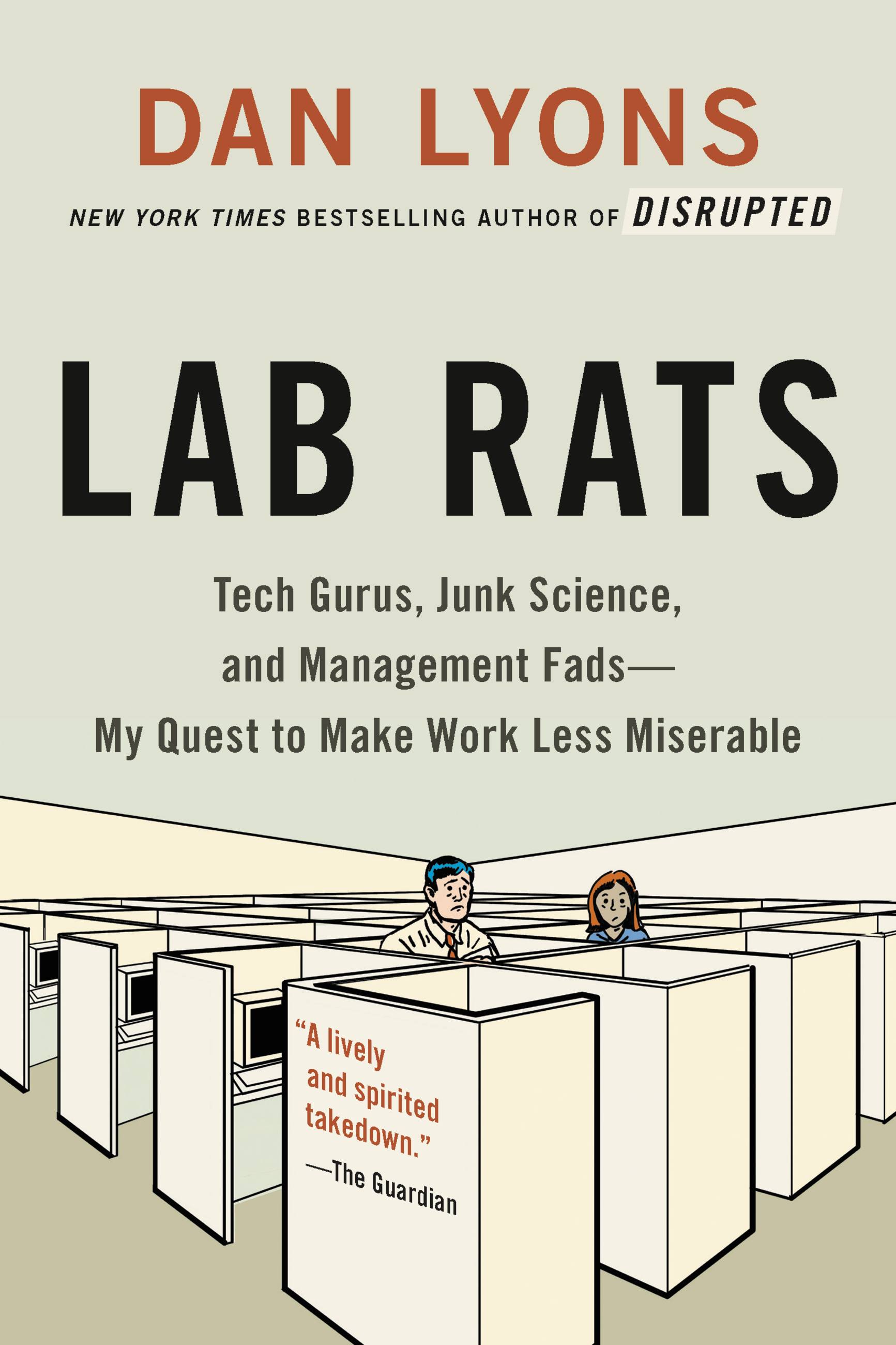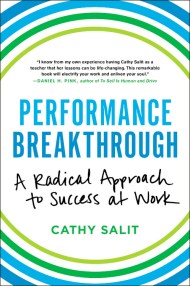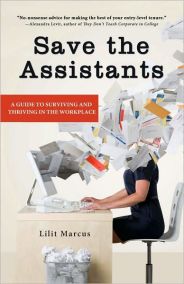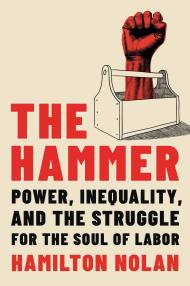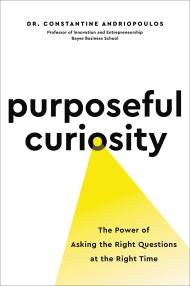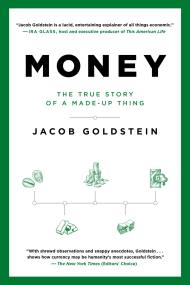Promotion
Shop now and save 20% on your back-to-school purchases & get free shipping on orders $45+ Use code: SCHOOL24
Lab Rats
Tech Gurus, Junk Science, and Management Fads—My Quest to Make Work Less Miserable
Contributors
By Dan Lyons
Formats and Prices
Price
$11.99Price
$15.99 CADFormat
Format:
- ebook $11.99 $15.99 CAD
- Hardcover $28.00 $36.50 CAD
- Audiobook Download (Unabridged)
- Trade Paperback $16.99 $22.99 CAD
This item is a preorder. Your payment method will be charged immediately, and the product is expected to ship on or around October 23, 2018. This date is subject to change due to shipping delays beyond our control.
Also available from:
At a time of soaring corporate profits and plenty of HR lip service about “wellness,” millions of workers–in virtually every industry — are deeply unhappy. Why did work become so miserable? Who is responsible? And does any company have a model for doing it right?
For two years, Lyons ventured in search of answers. From the innovation-crazed headquarters of the Ford Motor Company in Detroit, to a cult-like “Holocracy” workshop in San Francisco, and to corporate trainers who specialize in . . . Legos, Lyons immersed himself in the often half-baked and frequently lucrative world of what passes for management science today. He shows how new tools, workplace practices, and business models championed by tech’s empathy-impaired power brokers have shattered the social contract that once existed between companies and their employees. These dystopian beliefs–often masked by pithy slogans like “We’re a Team, Not a Family” — have dire consequences: millions of workers who are subject to constant change, dehumanizing technologies — even health risks.
A few companies, however, get it right. With Lab Rats, Lyons makes a passionate plea for business leaders to understand this dangerous transformation, showing how profit and happy employees can indeed coexist.
-
A Guardian Best Book of 2019
-
An Inc. Magazine Best Business Book of 2018
-
"I loved Dan Lyons's book Disrupted. With Lab Rats, he takes his critique of the modern workplace to the next level, to show how Silicon Valley's sometimes disturbing ideas about how to treat employees now pervade many workplaces. This is a fascinating, thought-provoking, hilarious, and sometimes harrowing account of current work culture."Gretchen Rubin, #1 NewYork Times bestselling author of The Happiness Project and TheFour Tendencies
-
"Dan Lyons's Lab Rats defies easy description. It is hilarious, but not funny. I sputtered laughing and choked crying (literally, not figuratively) as I read it. Yes, to an extreme, Lyons gives Silicon Valley the thrashing that it, alas, largely deserves. But in the final third of the book, he offers us an effectively illustrated way out--an approach to work and business that puts people first, profitably serves customers, and makes the world a little bit better in the process."Tom Peters, NewYork Times bestselling author of In Search of Excellence
-
"A lively and spirited takedown."The Guardian
-
"[Lyons] argues persuasively.... A passionate indictment of brutal workplace culture."Kirkus Reviews
-
"[A] darkly funny journalistic look at the contemporary workplace.... By turns sardonic and impassioned, this is an insightful and frequently entertaining guide to the increasingly bizarre world of Silicon Valley and the trends it spawns."Publishers Weekly (starred review)
-
"[Lab Rats] exposes the junk science and questionable management practices that have migrated from Silicon Valley to the rest of the economy."Knowledge@Wharton
-
"Fair warning: you may need an extra set of hands around while you're reading Lab Rats. You'll need them to help pick your jaw up off the floor."Houston Style Magazine
-
"With Lab Rats, Lyons makes a passionate plea for business leaders to understand this dangerous transformation and offers a way out."BookPassage
-
"This book should be required reading for anybody who thinks working for a startup in Silicon Valley would be fun."TechNewsWorld
-
"Skewering corporate jargon, management science, and, worst of all, enforced fun, Lyons's waggish jeremiad lays out how the world of work has changed for the worse."Tatler
-
"An entertaining polemic against the tech industry.... Instead of obsessing about unicorns (startup companies worth more than $1 billion), the author thinks the world should look for 'zebras,' which can turn a profit and improve society at the same time. Many modern workers will agree."The Economist
-
"Lyons is a very funny journalist... Much of his polemic rings true."The Financial Times
-
"Entertaining... A worthwhile and disturbing read."Sunday Business Post
-
"Funny and frightening."Sunday Post
-
"Dan Lyons'... quest to understand the modern workplace has yielded an amusing but often harrowing report from the front lines."Boston Globe
- On Sale
- Oct 23, 2018
- Page Count
- 272 pages
- Publisher
- Hachette Books
- ISBN-13
- 9780316561853
Newsletter Signup
By clicking ‘Sign Up,’ I acknowledge that I have read and agree to Hachette Book Group’s Privacy Policy and Terms of Use
